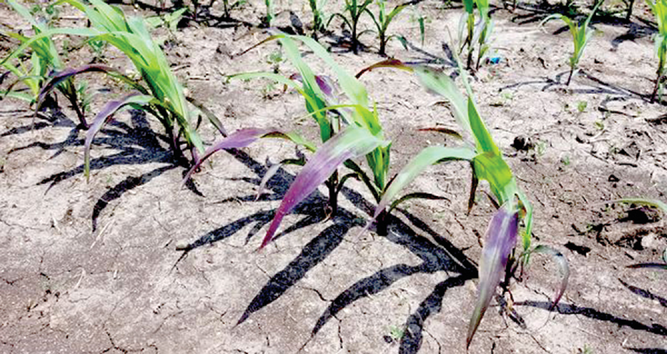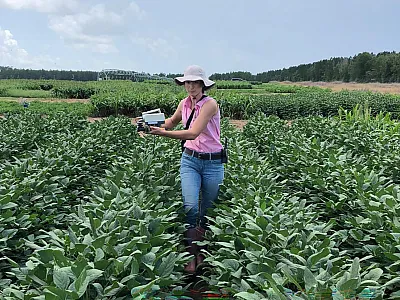Does Maintaining Soil Test Phosphorus Require Application Based on Crop Removal?

Phosphorus fertilizer recommendations generally follow one of two approaches. In the “build and maintain” approach, farmers measure soil test phosphorous (STP), build P levels to a specific target, and then maintain it by applying P to compensate for what crops take up. Farmers taking the “sufficiency” approach, in contrast, test the soil to determine how much P the crop needs to maximize yield but don’t worry about maintaining specific soil test values.
Researchers examined the fate of applied P and changes in STP values over time for the two approaches. They established various STP levels, monitored annually STP and the amount of P removed in harvested grain, and assessed changes in various P fractions in the soil. At four of six sites, initial STP was maintained with a negative net P (less P was applied than was removed in grain). At those sites, applying removal‐based P rates increased STP over time. There was also a significant correlation between changes in net P and inorganic P fractions. Most change occurred in more plant‐available P fractions, accounting for 66 to 100% of the change in net P. There was little, if any, effect of surplus application of P on the organic P fractions or on less‐available inorganic P fractions.
Adapted from Sims, A. L., Fabrizzi, K. P., Kaiser, D. E., Rosen, C. J., Vetsch, J. A., Strock, J. S., Lamb, J. A., & Farmaha, B. S. (2023). Soil phosphorus balance in Minnesota soils and its effects on soil test phosphorus and soil phosphorus fractions. Soil Science Society of America Journal, 87, 918–931. https://doi.org/10.1002/saj2.20549
Text © . The authors. CC BY-NC-ND 4.0. Except where otherwise noted, images are subject to copyright. Any reuse without express permission from the copyright owner is prohibited.











